Recent Posts
- Why Data Governance is Essential for Compliance in Financial Services
- AUSTRAC’s 2026 AML/CTF Changes: Why Compliance Can’t Wait.
- Vendor Management vs Supplier Partnership – Untapping Customer Value
- Cost to Serve – The changing face of technology costs
- The 2024 Budget: An important step in the right direction
Archives
Categories
All Rights Reserved / Privacy Policy

Recent Comments